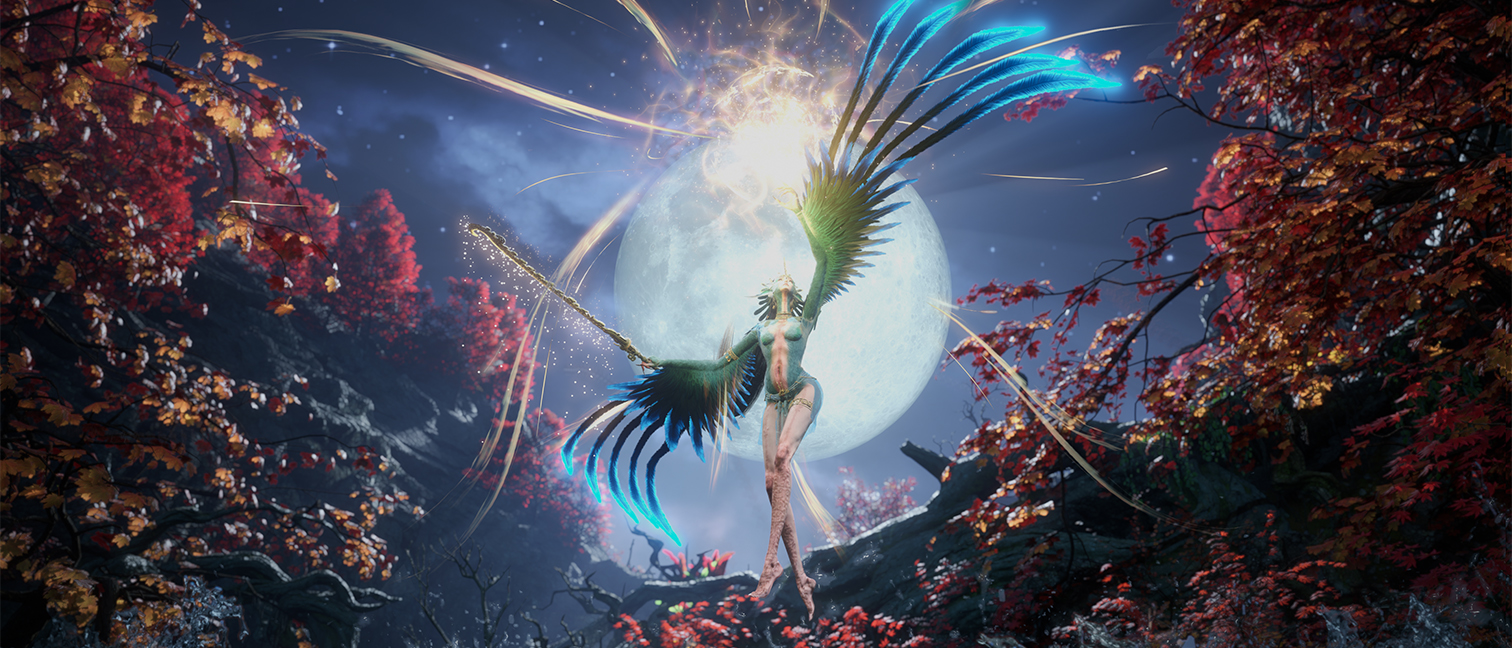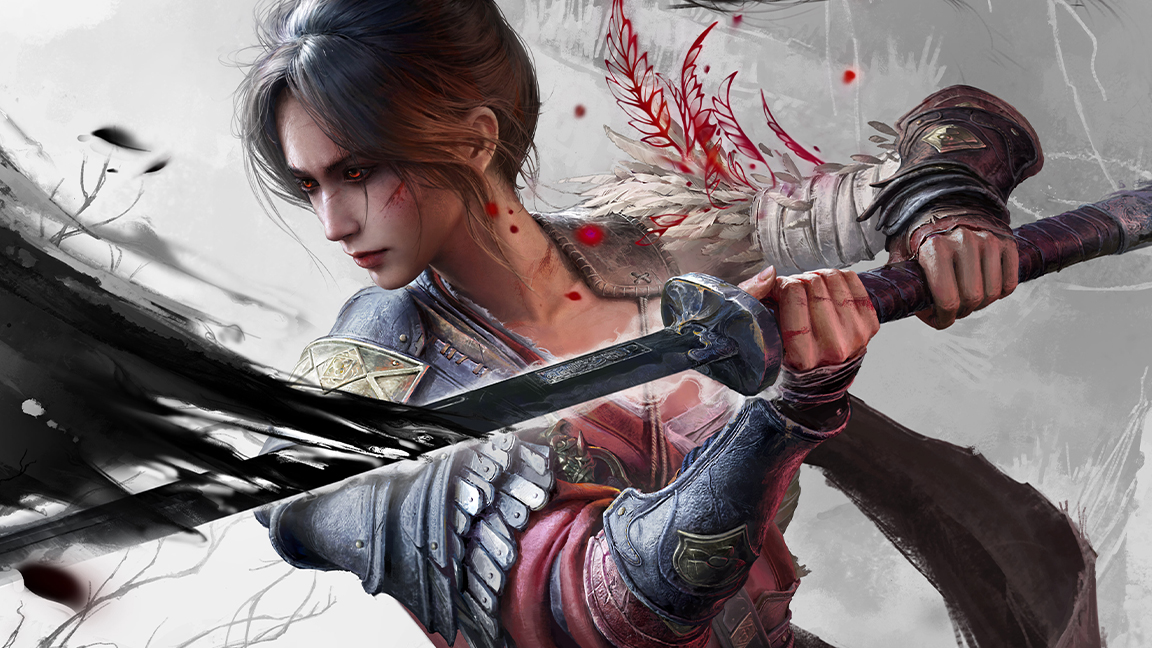Our Verdict
A surprisingly fast and aggressive Soulslike with enough creativity to excite, but fundamentally, Wuchang: Fallen Feathers doesn't subvert the genre or offer enough to break free of its inspirations.
For
- A beautifully crafted world
- Fast, aggressive combat
- Solid Soulslike design
Against
- Familiar ideas
- Narrative lacks spark
Why you can trust Creative Bloq
It’s hard not to let out a heavy sigh when a new Soulslike appears. FromSoftware’s influence runs deep, and we’ve seen countless imitators stumble in their shadow, not least because they rarely add something new and instead riff on the same tried and true ideas. But Wuchang: Fallen Feathers enters the fray with confidence, swagger, and some seriously sharp tech.
Powered by Unreal Engine 5 and brimming with sinister creativity, this Chinese action RPG comes out swinging, slicing, and somersaulting with fluid combat, grotesque boss battles, and a setting dripping with personality and intrigue. There's plenty here to love, even for seasoned Soulsborne fans.
Wuchang is fast, it’s brutal, and it’s often stunning. It's also very grindy, repetitive, and, well… it's another Soulslike. For all its blood-drenched beauty and clever, surprisingly deep mechanics, Wuchang never fully escapes the gravity or the trappings of its genre. This is a strong addition to the Soulslike lineage, no doubt, and fans of FromSoftware's distinct take on the genre will get a kick out of Wuchang, but this isn't a reinvention.
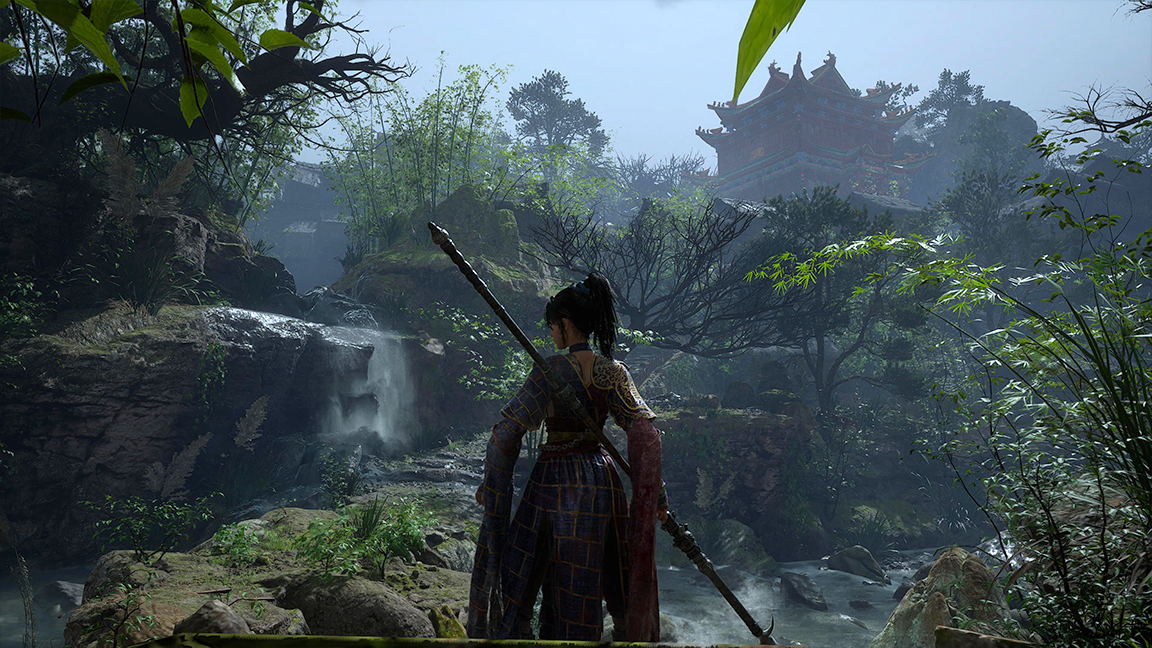
Wuchang: Fallen Feathers is a visual feast
From the very first moments, Wuchang makes an impression. Fog creeps through desolate villages, while temples burn under greying skies. The game’s Ming Dynasty-inspired setting is brought to life with remarkable attention to detail; every stone pathway, tattered scroll, and flickering lantern feels intentional and alive. The developer has taken full advantage of Unreal Engine 5, creating environments that feel layered, immersive, and lived in – there's a real-world wear and tear at play that makes every temple and village feel grounded, even when trolls are hurling marble slabs at me.
This isn’t just technical know-how; there’s genuine artistry here. The game leans into its folklore roots with scenes that blend horror and mysticism: infected shrines overrun with feathered rot, twisted idols bathed in eerie moonlight, piles of burnt skulls hint at a horror you've yet to fully realise, and enemy designs that are as theatrical as they are terrifying. In a genre often trapped in gloomy castles and medieval tropes, Wuchang stands out for its setting alone.
Later Chapter environments make full use of Chinese myth, legend, and scenery to evoke a sense of wonder and unease in equal measure. Mist settles over radiant pools that sit below towering Buddha statues, flickering in candlelight – beautiful. But it also reveals the directed nature of Wuchang, you'll often feel the hand of the developer over the action, framing a scene, blocking a boss entry or simply offering a vast vista for the eye to linger on; the draw of Wuchang for anyone not a Soulsborne fan, lies in the moments between the action, where you're simply encouraged to enjoy the world.
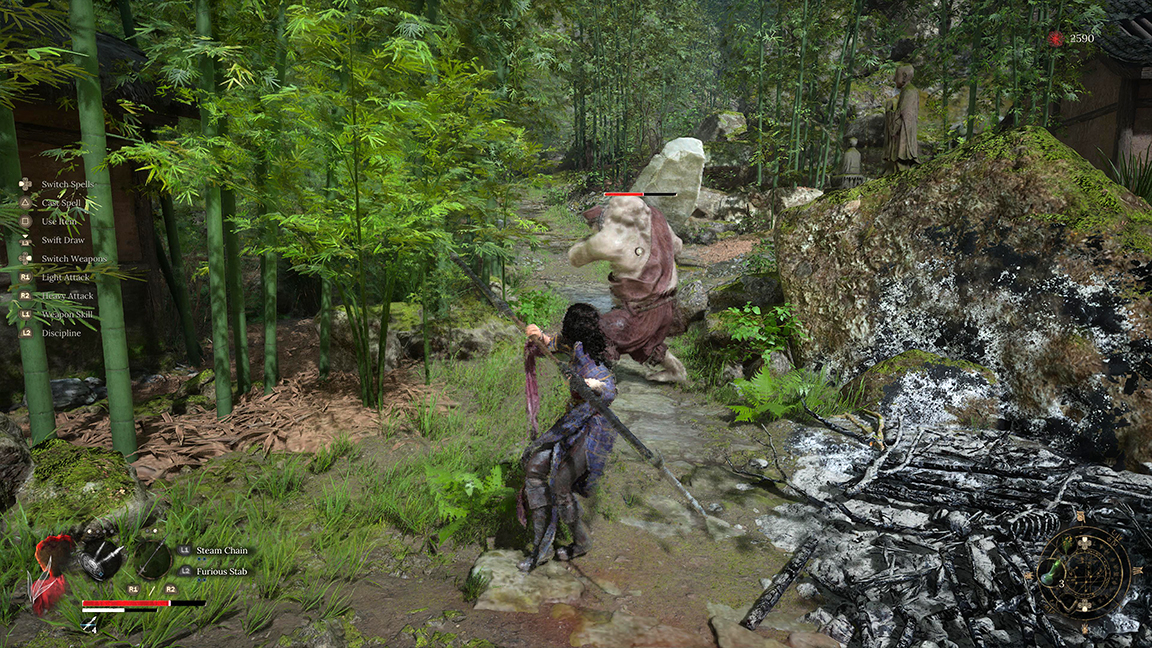
But fight you must…
Between lingering on the location design, you're going to have to fight, and combat in Wuchang is surprisingly enjoyable. Surprisingly, because games in this genre can be torture. Unlike slower, more methodical games in the genre, such as Demon's Souls, this game encourages aggression. So much so, I was taken aback in the first fights, as I waited to counter, only to discover, early in the game, that no such thing exists.
Daily design news, reviews, how-tos and more, as picked by the editors.
Dodging is your lifeline, you see, and offensive pressure is often the best defense. The rhythm of battle in Wuchang is faster, snappier, and more fluid than I expected, closer in style and flow to Sekiro than Dark Souls, but with a feel all its own. Of course, there are eventually counter moves, but these are unlocked as you level up, spending earned 'Red Mercury' on a weapons skill tree – including unique counter attacks, swirling combos, and more, as well as upgrading vitality, strength, and so forth.
Crucial to everything is Skyborn Might, a magical energy that powers unique weapon techniques and skills. Skyborn Might is earned by perfectly dodging, parrying, or timing attacks, and so again, playing more aggressively yields greater rewards. Even in defence, you're being encouraged to be on the offensive.
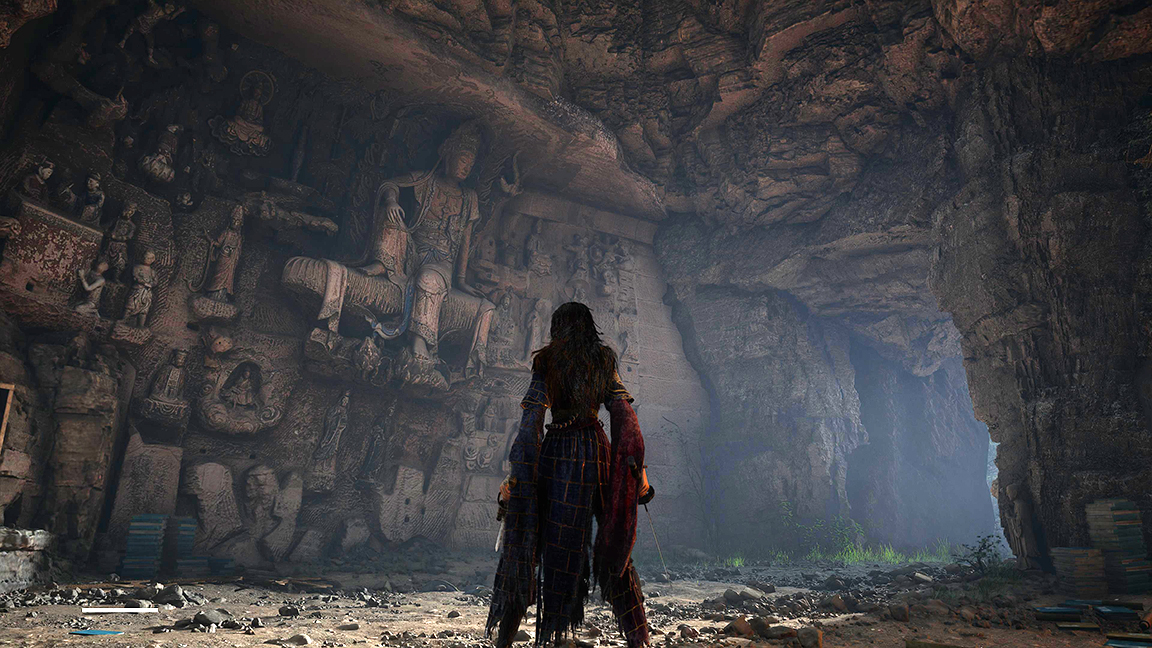
Each weapon feels distinct, and you’re not locked into just one. Switching between two loadouts mid-fight is seamless and satisfying, offering new combo options and tactical approaches. Blades are swift and precise, while heavier weapons like axes demand commitment, but as you'd expect, land with a devastating crunch. My preference early on is a 'steampowered polearm', partly because it can easily close the distance on enemies, but mostly because I bought it off a panda for the price of a sentient corncob.
Crucially, every strike and dodge feels responsive; there’s very little friction between your inputs and the on-screen action. If you mess up, it feels fair. Though occasionally you can get trapped on a random bamboo tree, fence, or environmental junk.
Boss battles, in particular, are where the combat system impresses. These aren't simply grotesque extended health bars with flamboyant moves; they’re multi-stage duels, each demanding timing, observation, and adaptation. On more than one occasion, I felt the need to rethink my weapon and move loadout, as well as magic choice, and even wiped my skills progress and rebuilt to play with new tactics.
And visually? They’re body-horror wonders, perhaps not as memorable as FromSoftware's best, like Guardian Ape and Lady Butterfly, but Wuchang's big bads have their moments. Decaying generals and howling spirits clad in ritual armor, all unforgettable, all uniquely grotesque, but also all feature a linking theme of bony, earthy, fleshy design that makes each new encounter feel connected to the broader world design.
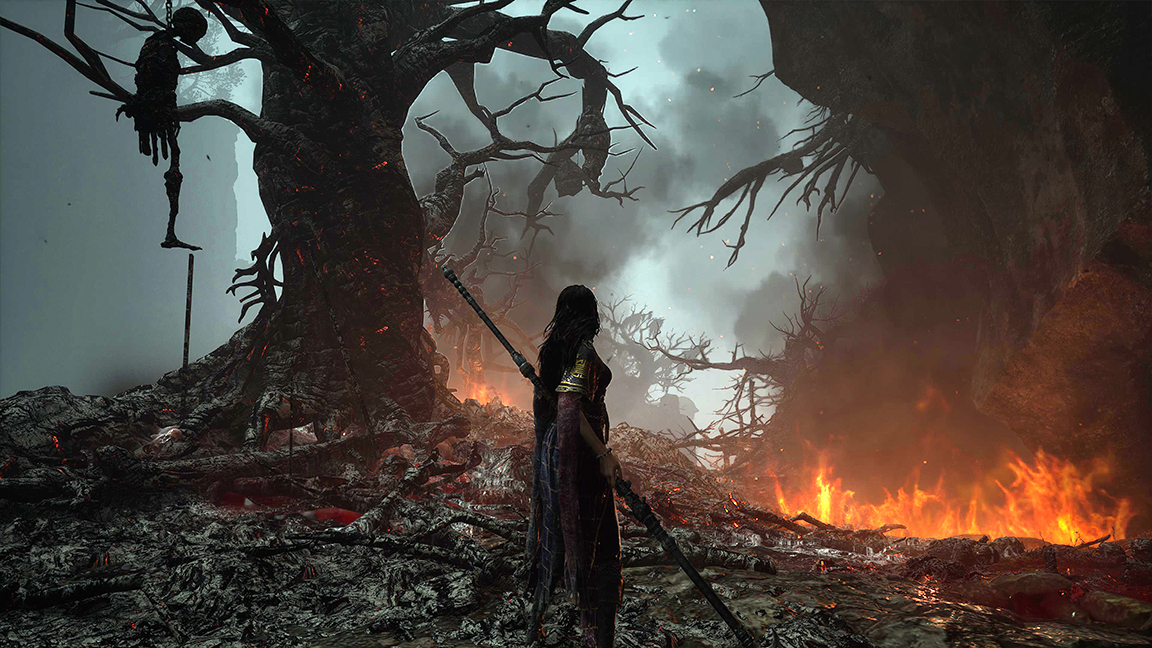
Trapped by its own design
But for all the adrenaline and artistry, Wuchang can’t completely escape the genre’s well-worn formula. Despite a compelling backdrop and elaborate world design, the actual structure feels overly familiar. You explore interconnected areas, unlock shortcuts, defeat towering bosses, and return to hubs to level up. You'll often need to grind and rerun areas to level up and stand a better chance at defeating that boss, which just won't die. The combat holds up, but running the same gauntlets multiple times does wear thin, particularly as you become overpowered for the fodder but still can't quite break the boss.
Some nice touches elevate the grind. For example, the 'Madness' mechanic adds a new challenge all of your own making. Taking damage, dying, or overusing Feathering attacks increases your Madness level, which in turn boosts your damage dealt but also makes you more vulnerable. Dying releases your 'Inner Demon' that will haunt your Red Mercury drop, but defeating it lowers your Madness. If you succumb to your Inner Demon, the Red Mercury is lost for good. Oh-hum.
You'll have noticed I've not yet really mentioned with the protagonist is and what Wuchang is all about, because, largely, it never feels that important. For the record, you play as Bai Wuchang, a skilled female pirate warrior. She begins the game afflicted by the strange Feathering curse and amnesia, and… that’s kind of where her arc stalls. Characters you meet hint at greater lore and past conflicts, a lost sister, but Wuchang herself is a silent vessel, a Chad-appealing blank canvas to dress up in an array of weird and revealing armours.
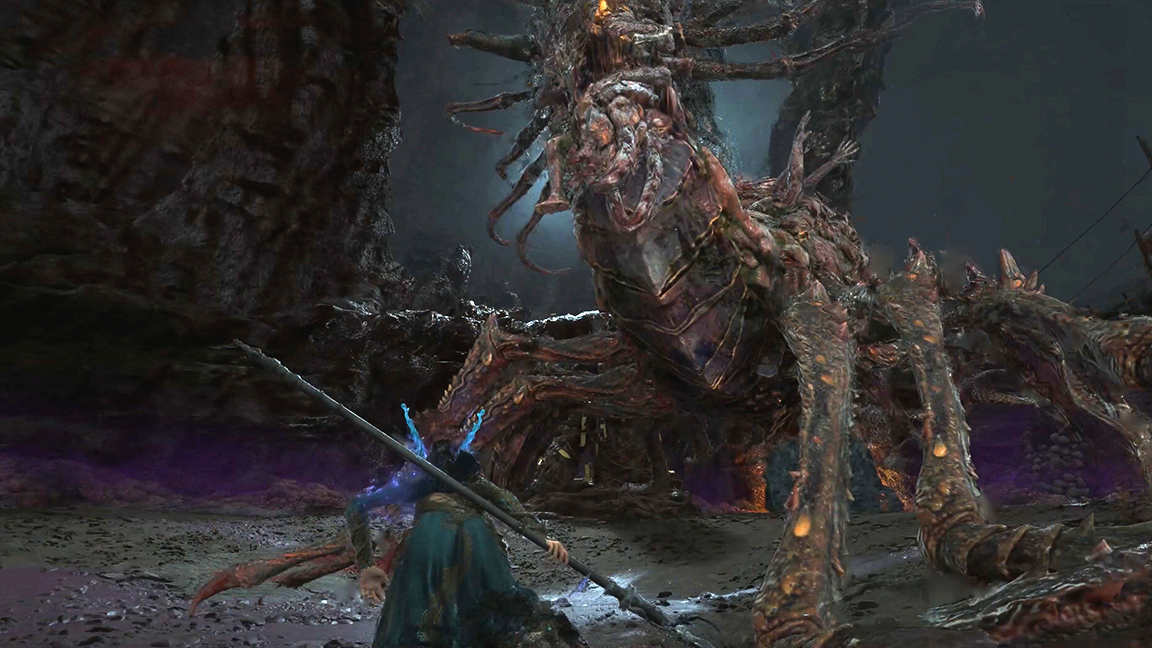
More of the same
Fallen Feathers works hard to define its own identity. It’s set in a fresh period, it taps into rich folklore, and it offers faster, more aggressive combat than its peers, sitting somewhere between Sekiro and Ninja Gaiden Black. Its use of Unreal Engine 5 is no gimmick either; the game is technically solid, beautifully designed, and largely free of performance hiccups on modern systems (I'm playing on a base PS5, and it's a smooth experience, so far).
And yet, pluck the feathers, so to speak, and what remains is a very familiar skeleton. Bonfire-equivalents, death penalties, limited healing, environmental storytelling, risk and reward; these are well-trodden mechanics that the game rarely subverts. If you’ve played Lies of P, Sekiro, or Nioh 2, you’ll know the rhythm by heart.
That’s not to say it doesn’t deliver. The moment-to-moment gameplay and combat are excellent, and the focus on aggressive, magic-boosting attacks lends Wuchang a distinct feel; something fans of the genre will love. But for players craving something that breaks the mold, or tells a more gripping personal story, Wuchang: Fallen Feathers just fails to fly.
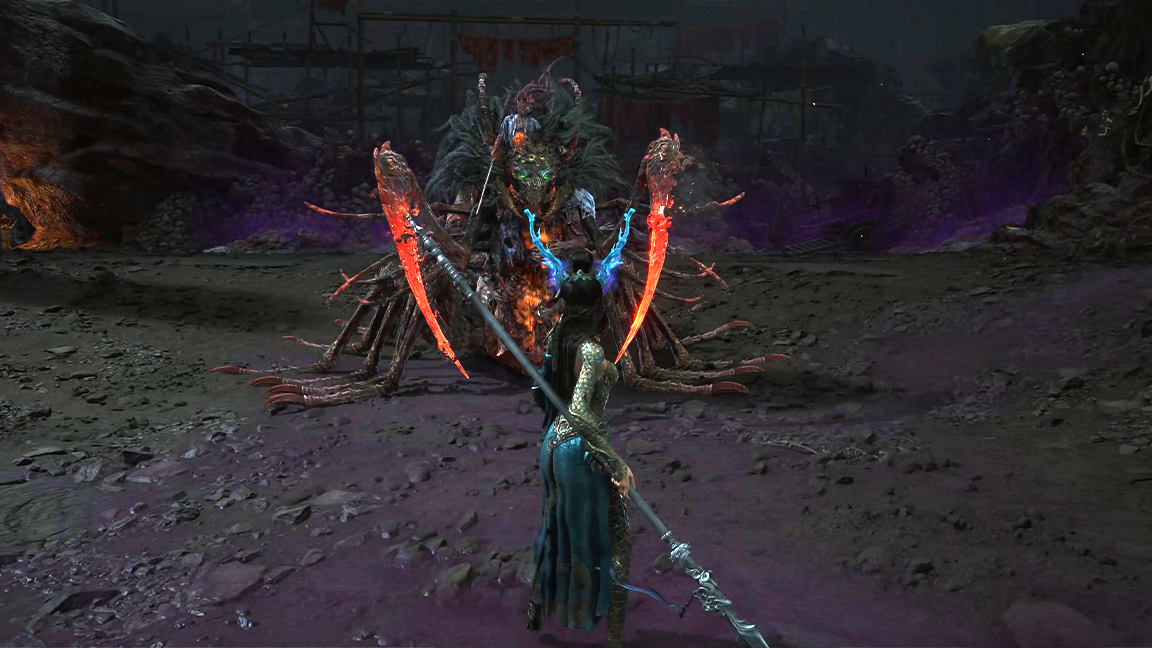
out of 10
A surprisingly fast and aggressive Soulslike with enough creativity to excite, but fundamentally, Wuchang: Fallen Feathers doesn't subvert the genre or offer enough to break free of its inspirations.

Ian Dean is Editor, Digital Arts & 3D at Creative Bloq, and the former editor of many leading magazines. These titles included ImagineFX, 3D World and video game titles Play and Official PlayStation Magazine. Ian launched Xbox magazine X360 and edited PlayStation World. For Creative Bloq, Ian combines his experiences to bring the latest news on digital art, VFX and video games and tech, and in his spare time he doodles in Procreate, ArtRage, and Rebelle while finding time to play Xbox and PS5.
You must confirm your public display name before commenting
Please logout and then login again, you will then be prompted to enter your display name.
